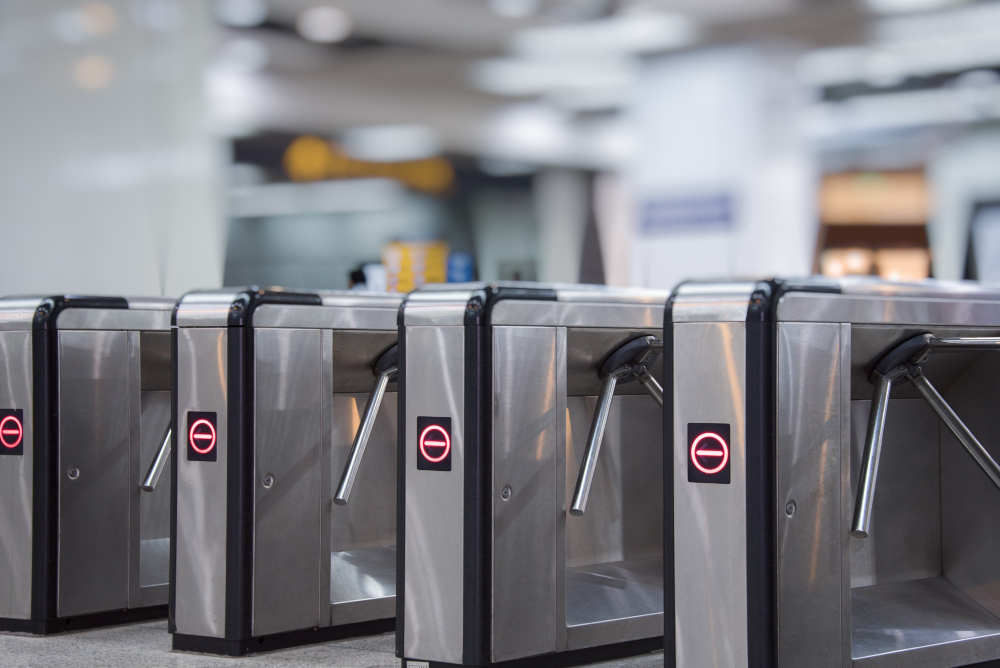EU Postpones Entry/Exit System Launch Once More, November 10 Date Dropped
Key Takeaways
1. The EU Commission has announced another delay in the launch of the Entry/Exit System (EES).
2. Commissioner Ylva Johansson confirmed that the November 10 launch date is no longer feasible.
3. The delay is due to Germany, France, and the Netherlands reporting they are not yet prepared.
The European Union has once again postponed the introduction of the Entry/Exit System (EES), which was previously scheduled for November 10.
During a recent meeting of EU interior ministers, Home Affairs Commissioner Ylva Johansson revealed that the new border control system will not be launched on the expected date. This delay is a result of three member states—Germany, France, and the Netherlands—informing the Commission that their border systems are not yet ready for the EES implementation.
Commissioner Johansson expressed her concerns, stating that while the EU is eager to start the EES as soon as possible, no new timeline has been set yet.
"I hope we can start as soon as possible, but there’s no new timeline so far. This also depends on the legal assessment that we are working on now," she said.
She added that the EU is considering a phased introduction of the system, though this will not begin on November 10, 2024, as originally planned.
A spokesperson for the German Interior Ministry highlighted that Germany, France, and the Netherlands, which account for roughly 40% of the affected passenger traffic, are not ready to proceed because the central system from EU-Lisa is still unavailable.
What Is the Entry/Exit System and How Will It Work?
The Entry/Exit System, an automated IT system designed to modernise EU border controls, has faced multiple delays. Once implemented, it will replace passport stamping and require all foreign travellers, whether visa-exempt or not, to register by submitting biometric data such as fingerprints and facial images, along with other personal information.
The data will be securely stored for three years and will help the EU monitor entries and exits, prevent irregular migration, detect overstayers, and identify those using false identities. The system is expected to affect around 700 million travellers annually and will ultimately streamline the border control process.

